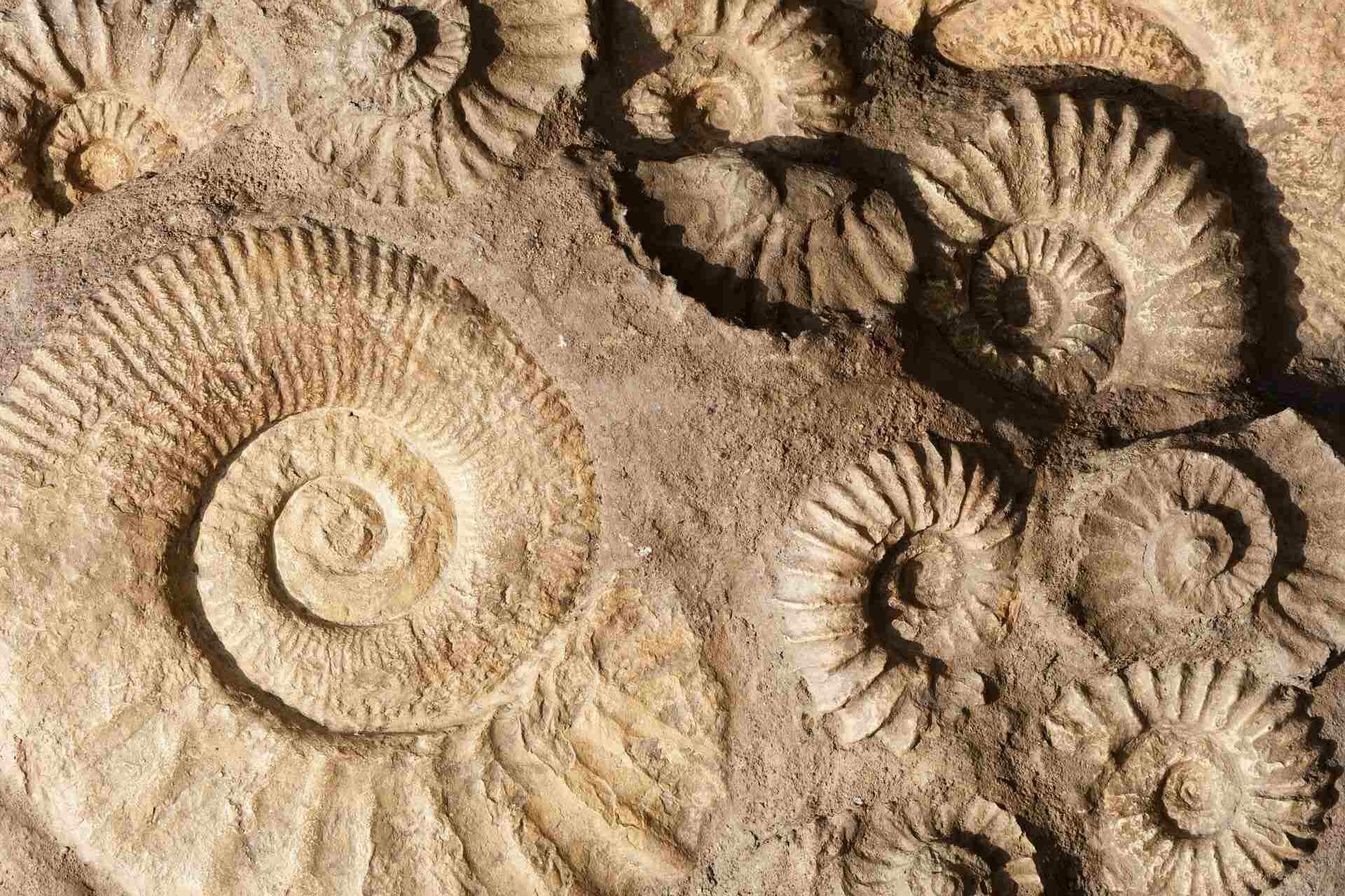In our quest to unravel the secrets of Earth’s ancient past, sometimes the most extraordinary discoveries are made in the most unexpected places. Such is the case with a recent excavation conducted during the upgrade of a wastewater pipeline in Auckland, New Zealand.

Uncovering a rich and diverse fossil deposit dating back between 3 and 3.7 million years, this remarkable find offers a unique glimpse into the marine ecosystems of the Late Pliocene period. Published in the esteemed New Zealand Journal of Geology and Geophysics, this study not only sheds light on New Zealand’s paleontological history but also highlights the significance of collaboration between different sectors in preserving and studying these invaluable records.
Accidental discovery: The wastewater pipeline upgrade
In 2020, as part of the wastewater pipeline upgrade in Auckland, workers stumbled upon more than just the pipeline’s refurbishment. Beneath the surface lay a treasure trove of fossils hidden within an ancient shell bed. In an unexpected fusion of construction and paleontology, the excavation unearthed over 300,000 fossils belonging to 266 different species. Astonishingly, amongst these specimens, paleontologists discovered ten previously unknown species, initiating a new chapter of Earth’s history that had been shrouded in mystery until now.
Glimpses into the prehistoric times
The fossils found in this deposit provide remarkable insights into the marine environment that thrived 3 to 3.7 million years ago. During this time, sea levels were slightly higher, and the climate was warmer, fostering a unique marine ecosystem. The fossils reveal a diverse range of species from different environments, brought together by wave action and tidal currents. From the oldest-known flax snails to baleen whale vertebrae, this wealth of remains elicits a separate window into a world dominated by giants of the deep, astounding marine predators, and tiny, intricate organisms that thrived within the depths.
Notable discoveries
Among the extraordinary findings, several stand out for their rarity and significance. Discovery of the oldest-known flax snails sheds light on the evolution of these unique gastropods. Besides the baleen whale vertebrae, the find also encompasses an array of others marine megafauna, including a fragment of a sperm whale tooth, and the spine of an extinct sawshark. Dental plates of eagle rays and teeth from the legendary great white sharks further add to the catalog of remarkable fossils uncovered.
In memoriam: Dr. Alan Beu
The study is deeply meaningful as it is dedicated to the late Dr. Alan Beu, a distinguished molluscan fossil expert who unfortunately passed away while working on these very fossils. Dr. Beu’s contribution, knowledge, and expertise were instrumental in understanding and identifying the extensive range of species within this deposit. His dedication to the field of paleontology and his immense passion for unraveling Earth’s history through fossils will forever be remembered.
Collaboration and preservation
The discovery of this rich fossil deposit emphasizes the immense value of collaboration between scientists, wastewater authorities, and contractors. Integration of various disciplines enabled the preservation and study of these vital fossil remains. The case serves as a shining example of how different sectors working together can safeguard important fossils during construction projects, ensuring that invaluable records of Earth’s history are not forever lost beneath the surface.
A window into New Zealand’s past
This unexpected find delivers a significant boost to our understanding of New Zealand’s paleontological history. It enables scientists to piece together a more comprehensive account of the marine ecosystems that thrived in the region millions of years ago. By expanding our knowledge of New Zealand’s past, we gain new insights into global marine ecosystems during the Late Pliocene period, ultimately contributing to our understanding of the broader picture of Earth’s evolution.
In conclusion, this find not only emphasizes the significance of collaboration between different sectors but also adds to the global understanding of marine ecosystems during the Late Pliocene period. As we continue to unearth Earth’s ancient secrets, the Auckland fossil deposit serves as a reminder of the wonders that lie beneath our feet, waiting to be discovered and cherished.
The study was originally published in the journal Geology and Geophysics on August 27, 2023.



